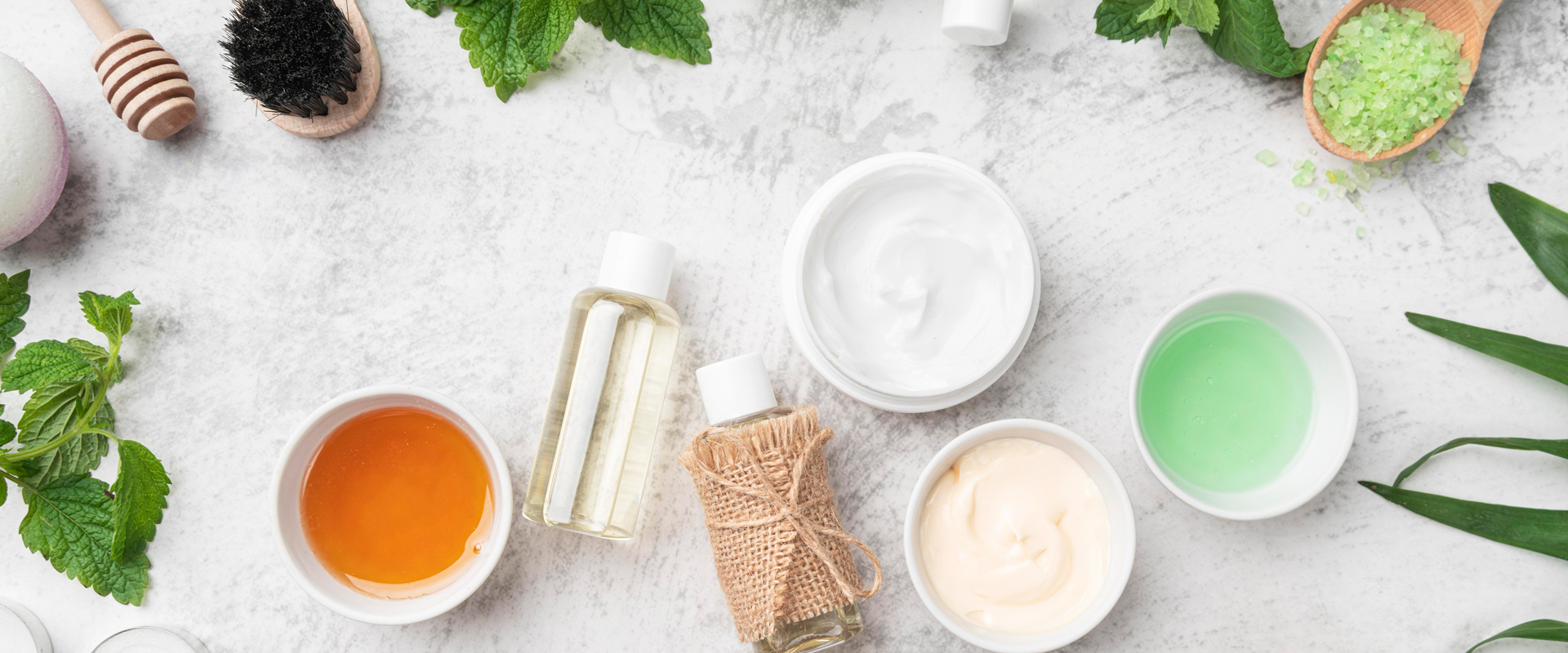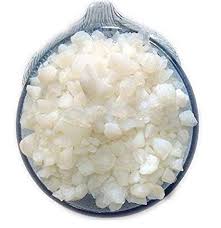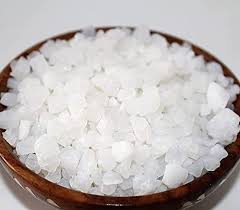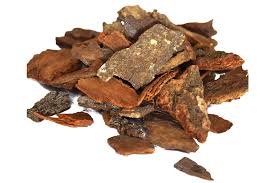
Paneer Phool Side Effects: Myths vs. Reality
Paneer Phool, also known as Withania coagulans or Indian Rennet, is gaining popularity in Ayurvedic wellness circles for its ability to manage blood sugar, detoxify the kidneys, and improve metabolic health. With such benefits, it’s no surprise that many people are turning to this herb as a natural alternative to modern medicine.
But as its popularity grows, so do the myths and misconceptions about its side effects. Is Paneer Phool completely safe for everyone? Are the negative effects real or just exaggerated? Should it be taken long-term?
At Dirghaanshi, your trusted source for natural and herbal wellness, we uncover the truth about Paneer Phool’s side effects—separating facts from fiction, so you can use this powerful herb safely and effectively.
🌿 What is Paneer Phool?
Paneer Phool is a wild herb found in the Himalayan regions and other parts of India. It has been used in Ayurveda for centuries, especially for:
Controlling blood sugar
Cleansing the liver and kidneys
Balancing metabolism
Reducing inflammation
Most people consume Paneer Phool by soaking the dried flowers in water overnight and drinking the strained water in the morning.
⚖️ Myths vs. Reality: Understanding Side Effects of Paneer Phool
Let’s break down the common myths around Paneer Phool and what science or Ayurvedic knowledge really says.
🧪 Myth 1: Paneer Phool Has No Side Effects at All
Reality: This is misleading. While Paneer Phool is generally safe when taken in moderation, overuse or improper use can cause issues. Like any herb, it interacts with your body chemistry, existing conditions, and medications.
✅ Safe when taken under guidance.
❌ Not meant for continuous use without breaks.
🩺 Myth 2: Anyone Can Use Paneer Phool
Reality: Some individuals should avoid or limit use, especially:
Pregnant or breastfeeding women
Children under 12
People with hypoglycemia (low blood sugar)
Those on multiple diabetes medications
⚠️ These groups should consult a qualified Ayurvedic practitioner or doctor before use.
🧬 Myth 3: It Will Cure Diabetes Completely
Reality: Paneer Phool helps in managing blood sugar levels but is not a cure for diabetes. It can be supportive therapy, especially when combined with lifestyle changes, diet, and doctor-prescribed medicine.
🚫 Common Side Effects of Paneer Phool (When Misused)
Here are real potential side effects if the herb is not taken properly:
Hypoglycemia (Low Blood Sugar)
Overuse can cause blood sugar to drop too low.
Symptoms: dizziness, confusion, shakiness.
Stomach Discomfort
Taking it on a very sensitive stomach or with other herbs may cause gas or cramps.
Dehydration
Its diuretic properties may increase urination, which can dehydrate you if not balanced with enough water.
Fatigue or Weakness
Especially in people with already low sugar levels.
Hormonal Disruption (in rare cases)
If taken long-term without breaks.
🧘♂️ How to Avoid Side Effects of Paneer Phool
✅ Follow These Ayurvedic Guidelines:
Dosage: 5–7 dried flowers soaked overnight in water.
Timing: Early morning on an empty stomach.
Cycle: Use for 30 days, then take a 7-day break.
Hydration: Drink 2–3 liters of water daily.
Diet: Avoid taking it with sugary or processed food.
🧴 Storage Tips for Maintaining Potency
Store in a cool, dry place
Use airtight glass containers
Avoid moisture exposure to prevent fungal contamination
📚 Scientific Insight: What Research Says
Modern studies on Withania coagulans have shown promising results for:
Antioxidant properties
Glucose-lowering activity
Anti-inflammatory benefits
However, most studies also caution that long-term human studies are limited, and users should practice moderation.
🙋♀️ Who Should Avoid Paneer Phool?
Individuals on insulin or multiple antidiabetic drugs
People with known liver or kidney conditions (without medical supervision)
Pregnant women (due to unknown effects on fetus)
People with severe gastrointestinal disorders
🌿 Dirghaanshi’s Ayurvedic Advice for Safe Use
At Dirghaanshi, we believe in empowering our community with safe, traditional, and science-backed knowledge. Here’s our recommended path:
Start with a low dose: Observe how your body reacts.
Take short cycles: 30 days on, 7 days off.
Combine with yoga and Ayurvedic diet.
Avoid mixing with chemical supplements without guidance.
Buy pure, chemical-free Paneer Phool only.
🔁 Natural Alternatives to Rotate With
To avoid developing resistance or imbalance, you can rotate Paneer Phool with:
Methi dana (Fenugreek)
Jamun seed powder
Neem powder
Giloy
This Ayurvedic rotation strengthens the overall effect and prevents overuse of a single herb.
⭐ Conclusion: Safe Use with Awareness is Key
Paneer Phool is a powerful Ayurvedic herb with immense benefits for managing diabetes, detoxifying the body, and boosting metabolic health. However, like any natural remedy, it should be taken mindfully.
The myth that it has no side effects is not true. But that doesn’t mean it is dangerous—only that it must be used in a balanced and respectful way, especially if you are taking medications or have underlying health conditions.













